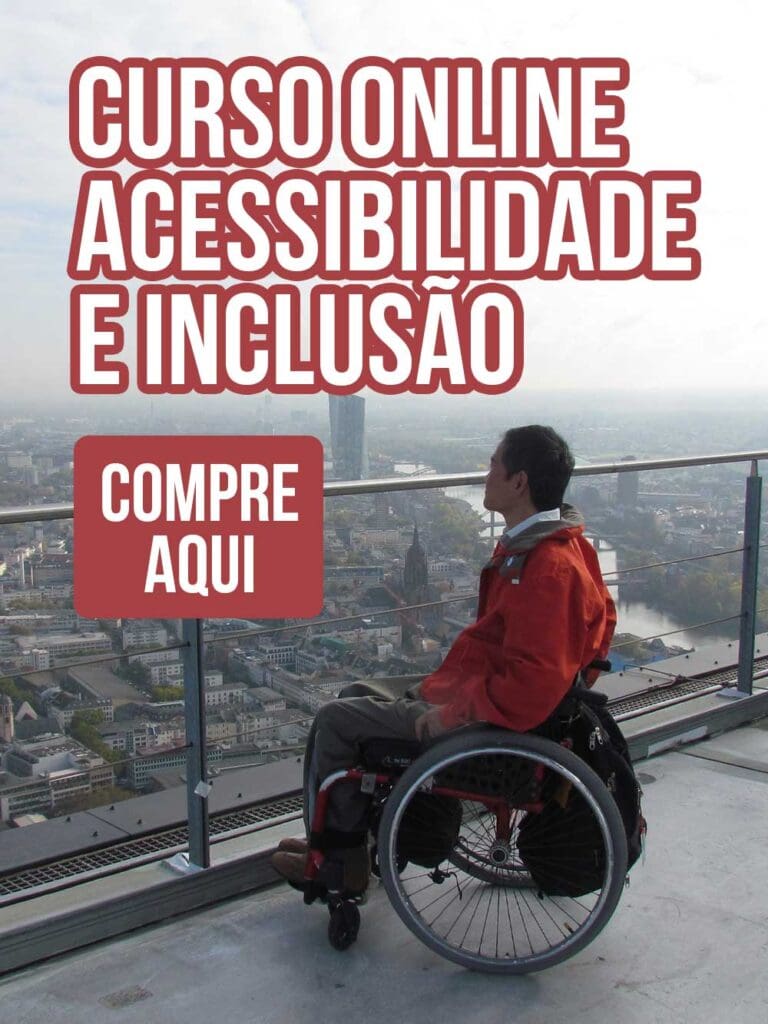A new phone app being developed by London charity RSLB and digital product studio ustwo could help blind and vision-impaired passengers by using Bluetooth iBeacons to map out London’s transport systems. First stop: enabling users to navigate the Underground using their smartphones.
We Londoners love everything transport: bus, Tube, Overground, riverboat, cable car (OK, maybe not the cable car), but it is often easy to take for granted how simple these are to use.
For the many vision-impaired children and young people living in London, navigating the capital’s huge and complex network of busy Tube, bus and rail systems is more than a fleeting half hour of morning commuter rage; it can be a permanent barrier. There are currently more than 2,200 vision-impaired 15 to 25 year-olds living in London boroughs, who rely exclusively on public transport to get around.
The new Wayfindr app will use existing Bluetooth iBeacon technology (BLE) to digitally map out locations. The beacons send out an electronic pulse that allow it to locate the user by comparing signal strengths. Once it has this information, it can send out directions through bone-conducting headphones which carry sound to the inner ear through the skull, making navigating transport systems solo possible for vision impaired passengers. Bone-conducting headphones sit on your cheek, meaning that you are still able to hear what is going on around you: essential if you are vision-impaired.
TfL already offers assistance to blind or vision-impaired passengers by meeting them at ticket barriers and arranging for someone to meet them at the other end, and at any interchange. It’s a process that can easily involve three, four or more members of staff. This ‘turn up and go’ system is a welcome change to the old one, which required passengers to book in advance for assistance.
But while it is perhaps as helpful as a non-tech solution could be, RSLB’s youth forum found communication often breaks down between stations, leaving people stranded on busy platforms with no way to locate assistance. One member of the forum explained: “A help point is only of use if you know where it is and can find it.” Late at night, fewer staff means that people feel it is harder to locate help at stations.
Dan Smith is a member of the RLSB Youth Forum and suddenly lost his sight to Leber’s Hereditary Optic Neuropathy aged 22. He told Londonist: “Having the freedom to walk into a station and straight on to my train, without having to wait for help from others, would be an incredible feeling. I’d be just another guy walking through the station on his phone, rather than the blind man being helped on his way.”
There is still site testing to be done and, for the new app to be implemented successfully, iBeacons would need to be installed across London’s vast transport network, starting with the Tube. This will clearly come at substantial cost. For it to become a reality, TfL needs to jump on board and fully support this new project. With staff being cut and Tubes going 24 hours, it could be a vital way of opening up London’s transport networks for vision-impaired people to use independently and closing the prohibitive gap in the current service.
Source: Londonist


